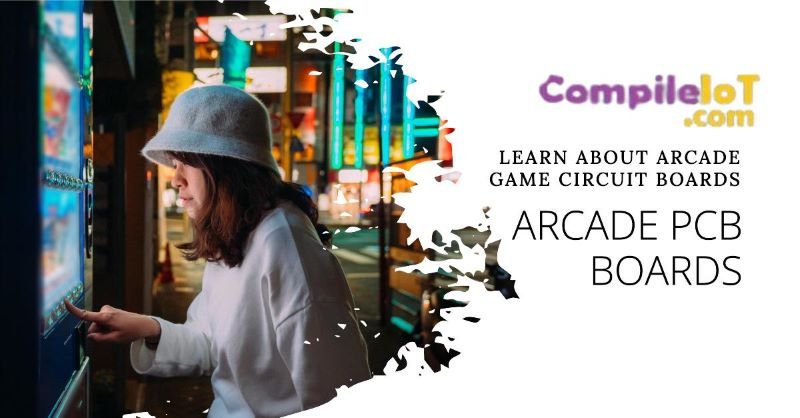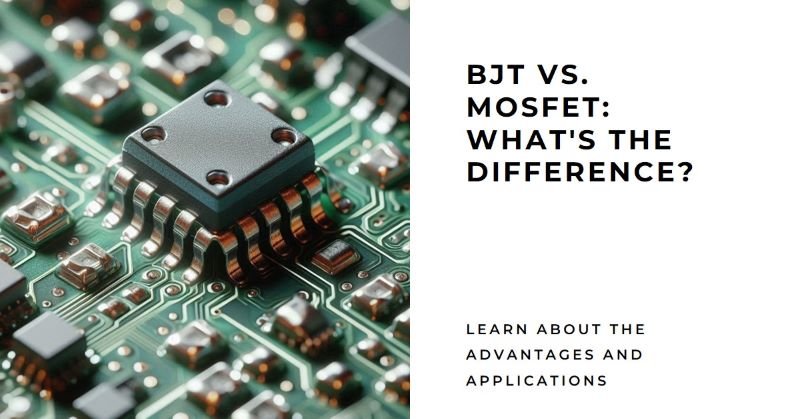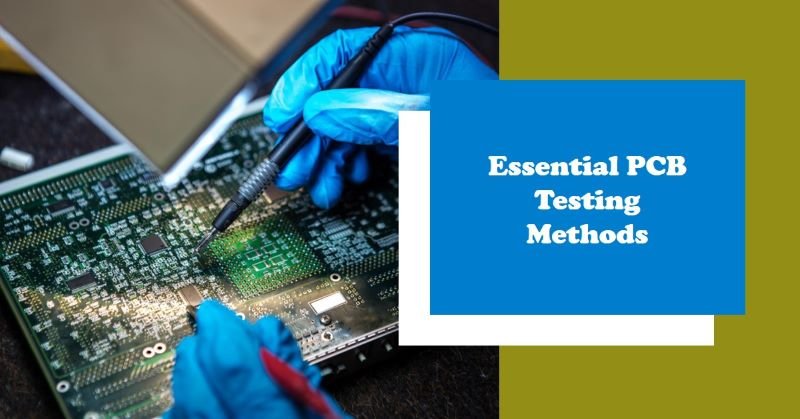What is an Arcade PCB Board?
From the initial concept to the final manufacturing process, each step plays an important role in creating a high-quality and reliable product. In this article, we will explore some key design considerations for arcade PCB key manufacturing process.
What is an Arcade PCB Board?
An Arcade PCB (Printed Circuit Board) is a crucial component in arcade machines that controls the game’s hardware and software. It is essentially the brain of the arcade machine, responsible for running the game and controlling various functions such as graphics, sound, and input/output.
The PCB board contains a collection of electronic components, including microprocessors, memory chips, sound chips, and various other integrated circuits. These components work together to execute the game’s code and generate the audio and video signals required for gameplay.
PCB Architecture
The architecture of an arcade PCB refers to the overall design and layout of the electrical components on the board. It determines how the components are interconnected and how they communicate with each other to ensure proper functioning of the arcade machine.
The PCB architecture is carefully designed to optimize performance, minimize signal interference, and ensure efficient power distribution. It involves the placement of components, routing of electrical traces, and the use of specialized techniques to reduce noise and improve signal integrity.
Modern arcade PCBs often incorporate advanced technologies, such as multilayer PCBs, surface mount components, and specialized connectors. These advancements allow for more compact designs, improved reliability, and better overall performance.
The Components of Arcade PCB Architecture
An arcade PCB typically consists of several key components:
- Central Processing Unit (CPU): The CPU is the brain of the arcade game, responsible for executing the game’s code and controlling its operations. It handles tasks such as rendering graphics, processing player input, and managing game logic.
- Graphics Processing Unit (GPU): The GPU is responsible for generating and rendering the game’s graphics. It handles tasks such as rendering 2D and 3D graphics, applying visual effects, and managing the display output.
- Sound Processor: The sound processor is responsible for producing the game’s audio effects and music. It processes sound samples, generates waveforms, and controls the audio output.
- Memory: Arcade PCBs have different types of memory, including ROM (Read-Only Memory) for storing the game’s code and data, RAM (Random Access Memory) for temporary storage during gameplay, and EEPROM (Electrically Erasable Programmable Read-Only Memory) for saving high scores and settings.
- Input/Output Interfaces: These interfaces allow players to interact with the game through controls such as joysticks, buttons, trackballs, and steering wheels. They also provide connections for audio and video output to the arcade cabinet’s monitor and speakers.
The Evolution of Arcade PCB Architecture
Arcade PCB architecture has evolved significantly since the early days of arcade gaming. In the past, arcade games relied on dedicated PCBs that were designed specifically for a single game. These PCBs were often bulky and expensive to produce, making it challenging for arcade operators to keep up with the demand for new games.
However, with advancements in technology, arcade PCB architecture has become more versatile and cost-effective. Modern arcade games often use standardized PCBs that can support multiple games through software emulation. This allows arcade operators to easily switch between different games without the need for dedicated PCBs.
Additionally, the rise of digital distribution platforms has enabled the development of arcade games that run on off-the-shelf hardware, such as PCs or game consoles. These games can be easily downloaded and installed on a standard PCB, further reducing costs and increasing accessibility.
The Future of Arcade PCB Architecture
As technology continues to advance, the future of arcade PCB architecture looks promising. With the growing popularity of virtual reality (VR) and augmented reality (AR), we can expect to see arcade games that take advantage of these immersive technologies. Arcade PCBs will need to adapt to support the increased processing power and graphics capabilities required for these experiences.
Furthermore, the integration of online connectivity and multiplayer features will also play a significant role in shaping the future of arcade PCB architecture. Players may be able to compete with others from around the world, share high scores, and even download new game content directly to their arcade machines.
How Does an Arcade PCB Board Work?
When a player interacts with an arcade machine, such as inserting coins or pressing buttons, the input is sent to the PCB board. The PCB board then processes these inputs and communicates with the game’s software to produce the desired output, such as displaying graphics on the screen or playing sound effects.
The game’s code, stored in the memory chips on the PCB board, is responsible for determining the gameplay mechanics, controlling the characters and objects on the screen, and managing the overall game logic. The microprocessor on the PCB board executes this code and coordinates the various components to deliver a seamless gaming experience.
The Importance of Arcade PCB Boards
Arcade PCB boards are essential for the proper functioning of arcade machines. They ensure that the game runs smoothly, delivering the intended gameplay experience to the players. Without a functioning PCB board, an arcade machine would be unable to operate.
Furthermore, arcade PCB boards are responsible for the unique characteristics and features of each game. Different games require different hardware configurations and software code, and the PCB board is customized accordingly. This customization allows each game to have its own distinct gameplay, graphics, and sound.
Arcade PCB boards also play a crucial role in preserving the history and legacy of arcade gaming. As technology advances and older arcade machines become obsolete, the PCB boards serve as a vital component for enthusiasts and collectors to restore and maintain these classic games.
Variations of Arcade PCB Boards
There are various types of arcade PCB boards, each designed for specific arcade machines and game systems. Some common types include:
1. JAMMA Boards
JAMMA (Japan Amusement Machinery Manufacturers Association) is a standard wiring harness used in many arcade machines. JAMMA boards are designed to be compatible with JAMMA wiring, allowing for easy installation and replacement. These boards are widely used and support a wide range of games.
2. Multicade Boards
Multicade boards are designed to support multiple games on a single PCB. These boards often include a selection menu or switch to choose between different games. Multicade boards are popular among arcade enthusiasts as they allow for a variety of games without the need for multiple PCBs.
3. Neo Geo Boards
Neo Geo is a popular arcade system known for its high-quality graphics and sound. Neo Geo boards are specific to the Neo Geo system and are highly sought after by collectors and enthusiasts.
4. CPS Boards
CPS (Capcom Play System) boards are used in arcade machines developed by Capcom. These boards are known for their high-performance and were used in many popular games during the 1990s.
Arcade Game Genres & PCB Varieties
Arcade gaming has evolved through distinct eras, each defined by its unique game genres and the technical intricacies of the printed circuit boards (PCBs) that power them.
Classic 2D Platformers: Games like Mario Bros set the stage for platformers, demanding precise controls, vibrant colors, and smooth scrolling. PCBs had to efficiently handle sprite graphics and ensure seamless synchronization of processes.
Classic Fighters: Titles like Street Fighter II demanded lightning-fast input processing for smooth animations on isometric screens. Graphics co-processors were integrated into CPU boards to achieve this speed.
Classic Shmups: Scrolling shooters such as Gradius relied on rapid background rendering and dynamic audio to enhance gameplay. PCBs needed to execute these processes seamlessly.
Light Gun Games: Specialized light gun boards were designed to precisely synchronize screen output with gun input, ensuring accurate gameplay. Timing ICs or auxiliary controllers were often integrated into the main PCB system.
3D Racing: Pseudo-3D racers utilized sprite scaling graphics engines to smoothly animate visual perspectives, responding swiftly to player inputs.
Modern Emulation Platforms: Today, legacy arcade boards are often emulated using FPGA or ARM SoC designs. These platforms recreate the authentic arcade experience while simplifying repair and updates.
These examples illustrate how diverse game concepts drove engineers to craft specialized PCB solutions, shaping electronic architectures throughout the industry’s history.
Key Design Considerations
Several factors beyond typical computing needs influence the development of arcade PCBs:
- Harsh Operating Conditions: Arcade machines endure constant use and exposure to various elements, requiring robust protection against damage and debris.
- Hardware Longevity: Arcade PCBs must withstand years of use, necessitating high-quality components and conservative testing practices.
- Software Protection: Measures such as encryption chips and potting compounds safeguard against unauthorized duplication of games.
- Play Responsiveness: Precise control timing is crucial for an enjoyable gaming experience, demanding meticulous attention to input processing.
- Power Protection: Robust regulation and surge suppression prevent power disruptions from damaging the electronics.
- Serviceability: Arcade PCBs are designed for easy maintenance, with labeled components and sectional power distribution for efficient diagnostics and replacement.
- Cooling Management: Thermal management solutions like fans and heat pipes ensure that densely packed PCBs remain cool during operation.
By balancing these considerations, arcade PCBs shape the overall gaming experience, reflecting the commitment to quality and innovation of game creators.
Manufacturing Process Creating arcade PCBs involves a multi-step process:
- Schematic Capture: Engineers design intricate circuit schematics using specialized CAD software.
- PCB Layout: Board geometries are optimized for manufacturability, specifying conductor paths, layers, and finishes.
- Fabrication: Board designs are transferred to manufacturing facilities, where copper foil laminates are chemically etched into conductor patterns. Components are then machine-placed and soldered.
- Testing & Validation: Assembled boards undergo rigorous inspection and electrical testing to ensure they meet quality standards.
- Enclosures & Branding: Rugged enclosures are customized with art and warning labels, providing a finished product ready for installation.
This meticulous process combines technical expertise with practical considerations, ensuring that arcade PCBs meet the demands of their rugged operating environments.
Failure Analysis & Repair Despite rigorous design and manufacturing processes, arcade boards may require repairs over time:
- Visual Inspection: Technicians closely examine boards for physical damage or anomalies.
- Cleaning: Corrosion and contaminants are removed to restore functionality.
- Power Sequencing: Systematic testing isolates issues with power delivery.
- Signal Injection: Simulated commands help diagnose software or electronic issues.
- Component Testing: Individual components are tested to ensure they meet performance standards.
- Signal Tracing: Technicians follow signal paths to identify faulty components or connections.
- Repairs & Reworks: Identified issues are resolved through component replacement, followed by thorough testing.
While complex, these repair principles ensure the longevity of arcade games and preserve the knowledge embedded in their electronic designs.
Conclusion
In conclusion, Arcade PCB boards are the backbone of arcade machines, responsible for running the game software and controlling the hardware. They play an important role in delivering the unique gaming experience that arcade enthusiasts love. Whether it’s a classic arcade machine or a modern arcade cabinet, the PCB board is an essential component that brings the game to life.








